House flipping continues to expand across the United States and, more recently, extending even into to the luxury real estate market. While many investors enter the arena of luxury home buying believing that they will quickly turn a hefty profit, it is important to understand a few obstacles unique to the high-end real estate market.
Budgeting is Essential
The luxury real estate market caters to meticulous buyers who are often unwilling to accept homes that do not completely meet their demands. Investors may find it takes longer trying to sell a high-end home than flipping low-cost properties. In fact, Attom Data estimates luxury real estate sells on average approximately 208 days after being listed on the market. This fact only emphasizes the need to take a cost-effective approach, and why budgeting plays a crucial role in luxury house flipping.
Investors who solely rely on a home selling within three months of its initial listing date may find themselves losing substantial equity if the property takes additional time to attract a buyer. This risk is especially true if the investor took out a hard-money loan to finance the deal, as each additional month means another costly interest payment. The extended time could cut into profits and cause the seller to barely break even if he or she is not prepared to weather such delays. Luxury house flippers should always be ready for the unexpected by employing budgets that provide plenty of breathing room.
Details Matter
High-end buyers are not typically concerned with reduced home prices, and therefore, do not want to purchase cheaply renovated homes. Kitchen renovations must be fresh and modern, and every bathroom in the house should have an underlying theme that speaks to discerning buyers. Paying the extra money for an experienced designer is the best way to ensure prospective clients will be willing to pay top market price for a renovated home. Investors should factor the additional expense of a style developer into their budget. This extra attention to detail will help to properly plan the central aspects of the home and prevent costs from spilling over from your profit pool.
Luxury Flipping with the Right Financing
Home flippers looking to finance large portions of their projects use private lenders extensively. Hard-money loans are a type of short-term, high-interest financing that is convenient for house flippers. The loans typically close faster than traditional mortgages, and the loan amount can be based on the future value of the property. This feature works well for flippers who like to preserve their capital for additional upgrades, to provide a cushion for unforeseen circumstances, or use for the escrow deposit on their next project.
However, borrowing against a higher loan-to-value means investors must budget wisely and borrow responsibly when venturing into the world of luxury house flipping. Charging certain expenses to an established line of credit makes more sense than asking a lender for more high-interest money to pay for needed renovations. Establishing a solid foundation and staying on good terms with multiple lenders will increase the likelihood of quickly obtaining your next round of financing for future projects.
Regardless of which route investors choose to finance their renovation efforts, it is important to note that luxury house flipping is entirely different from conventional house flipping. High-end buyers are more demanding and want their property in turnkey condition before they close. Striking the right balance between quality, attention to detail, and design will pay dividends with a shorter listing, a smaller punch list, and improved chances of earning a profit windfall.






